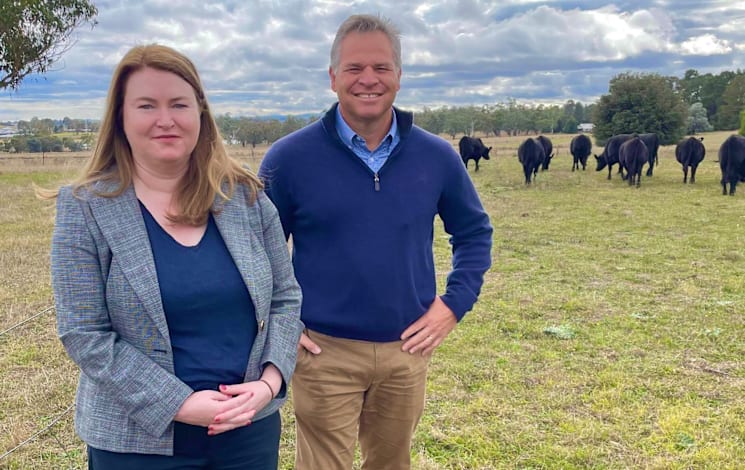Virtual fencing is set to be legalised for cattle in NSW.
Virtual fencing is used to contain cattle without the need for physical internal fencing, instead using devices such as neck bands or collars that use GPS technology and sensory cues to manage their movement.
Phil Donato, Member of Parliament for Orange, has been championing the benefits of virtual fencing for primary producers to the NSW Government for the past three years.
Now the NSW Government says it has listened, also receiving recommendations of the Legislative Assembly Committee Inquiry into the Prevention of Cruelty to Animals Amendment (Virtual Stock Fencing) Bill 2024, plus the NSW Farmers, and animal welfare organisations.
Member for Orange, Phil Donato, said he was pleased the government and the Minister for Agriculture, Tara Moriarty, had listened, worked through the issues and agreed to legalise virtual fencing in NSW through regulation.
Latest Stories
“It is imperative that government support scientific research-supported technological advancements in agriculture, so that our farmers have access to innovative tools which benefit the environment, animal management, their ag business and remain competitive in the marketplace," he said.
“The benefits of virtual fencing cannot be overstated; in fact, a multi-generational Tasmanian dairy farmer recently told me that virtual fencing has been life altering for him and his family, and that if virtual fencing had not been made available to the business he manages he would have walked away from the industry years ago - completely burnt out."
Using GPS coordinates, farmers will be able to use virtual fencing technology as internal fencing, rather than having to construct new or maintain existing fencing.
These devices can also monitor the activity, health and welfare of cattle so give insight into the health and movement of their herds.
This helps farmers to reconfigure paddocks and reduce costs on fence repair, plus address other issues shown through data analysis more efficiently and effectively.
NSW Minister for Agriculture, Tara Moriarty said the government would work with industry and animal welfare groups to get the right balance for delivering virtual fencing on farms.
“These changes seek to reduce costs for farming and to enable agile paddock formation across land holdings to meet the needs of farmers while also protecting the welfare of cattle," she said.
“The Government will now consider amendments to the POCTA Regulation and undertake consultation with key stakeholders including industry and animal welfare organisations.”
The reform brings NSW into line with Queensland, the Northern Territory, Western Australia and Tasmania where virtual fencing is currently used.
The Inquiry Report recommended the development of a code of practise to specify animal welfare requirements and the NSW Government will ensure necessary safeguards for animal welfare, biosecurity and public safety are in place for the introduction of virtual fencing.
Consultation will be undertaken on the proposed approach to allow virtual fencing in NSW before regulatory changes are made under Prevention of Cruelty to Animals legislation.















